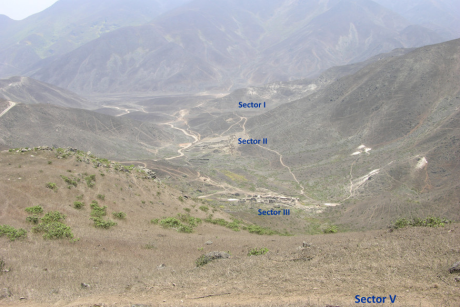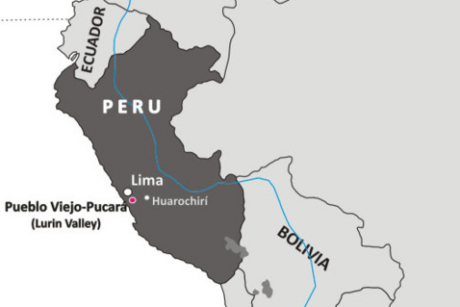Funeral practices, diet and health of the Caringa people settled in Pueblo Viejo-Pucará, central pacific coast of Peru
Abstract
According to historical sources, cultural material and architecture, the Caringa people from Huarochirí were forced to migrate from the highland to the coastal central region during the Inca Empire (around 1470 d.C.) for economic-labor reasons and settled in the archaeological site of Pueblo Viejo-Pucará (Makowski 2002).
The goal of this project is to investigate from a bioarchaeological approach, three different issues linked to this historical event: (1) the way in which the Caringa people conducted their funeral practices and consequently faced death, (2) their diet and (3) health, both of which are closely linked to the development of new strategies of subsistence and adaptation to this new environment. The methodology is focused on a detailed analysis of the funeral contexts as a whole, with special emphasis on a detailed analysis of the human remains, pursuing different bioanthropological criteria, including the application of chemical analysis (stable isotopes) and dental data to evaluate diet and health. The archaeological site is composed of five sectors. Sector V will be excavated as part of this research.
Publikationen
Projektrahmen
ProjektpartnerInnen
Msc. Maria Kolp-Godoy Allende, Prof. Dr. Makowski (PATL)

